Services
Industrial
Residential
Federal Government
Developments
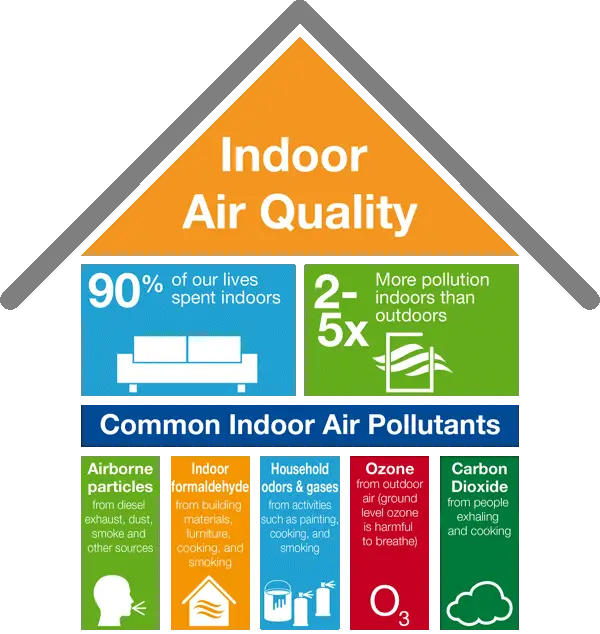
Microbial Services
Undesirable conditions such as odors, poor air quality, and visible mold growth are indicators of water intrusions. There are many reasons water intrusions might occur within a building or residence. CJEC can assist you in site investigations, microbial sampling, airborne sampling, air quality parameters, property assessments, mold remediation design, project oversight, and project air monitoring.
Asbestos
Commercial building or residential owners can find themselves in need regarding regulatory compliance when renovating and/or demolishing their property. CJEC is equipped to assist with all asbestos regulatory compliance needs such as asbestos surveys, abatement designs, project specifications, project management, and air monitoring.
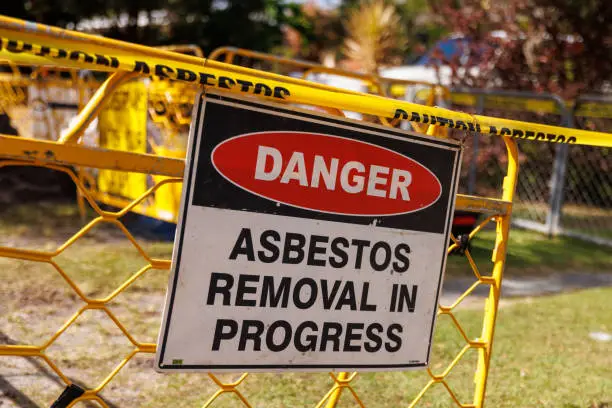
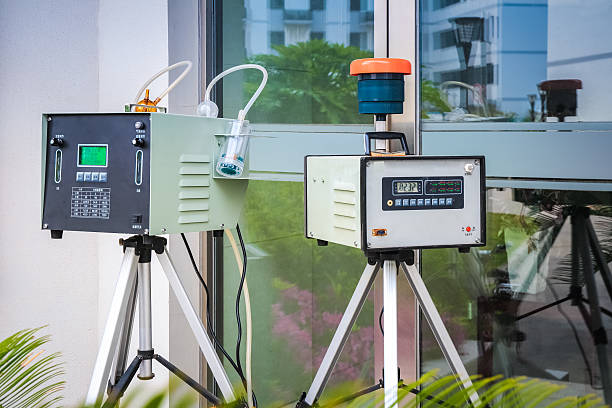
Indoor Air Quality
Breathing clean air indoors is essential for overall health, as poor indoor air quality can contribute to asthma, allergies, and other respiratory conditions. Indoor pollutants such as dust mites, mold spores, pet dander, and VOCs can linger in the air, making it crucial to implement effective air quality solutions. Our services include detailed air testing, ventilation improvements, and advanced filtration systems designed to eliminate harmful particles. Using air purifiers, dehumidifiers, and regular HVAC maintenance can drastically improve air circulation and reduce airborne contaminants. If your indoor air feels stale, humid, or has an unusual odor, professional air quality services can help identify and resolve the issue. Ensuring clean indoor air promotes better sleep, stronger immunity, and a more comfortable living or working environment.
Industrial Hygiene
Industrial hygiene is the science of protecting workers from hazardous environmental factors that can impact their health and safety. By identifying and controlling workplace hazards such as chemical exposure, air contaminants, noise pollution, and ergonomic risks, industrial hygiene services help businesses maintain compliance with OSHA regulations and create a safer work environment. Professional industrial hygienists conduct air quality testing, noise assessments, and hazard evaluations to mitigate risks before they lead to serious health issues. Implementing proper ventilation, protective equipment, and exposure control measures reduces workplace illnesses and improves productivity. Whether in manufacturing, construction, or laboratory settings, industrial hygiene is essential for preventing occupational diseases and ensuring long-term worker well-being. Prioritizing workplace health through industrial hygiene practices protects employees and minimizes liability risks for employers.
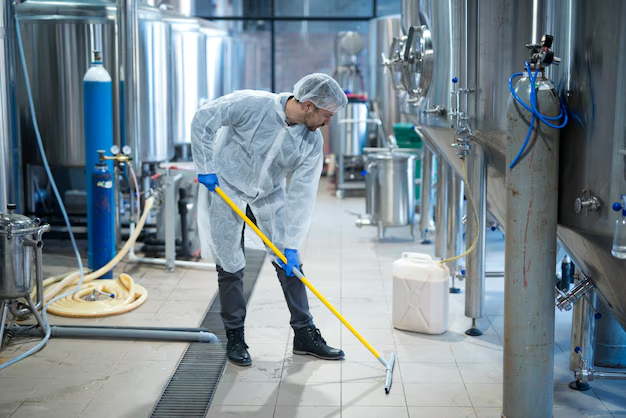
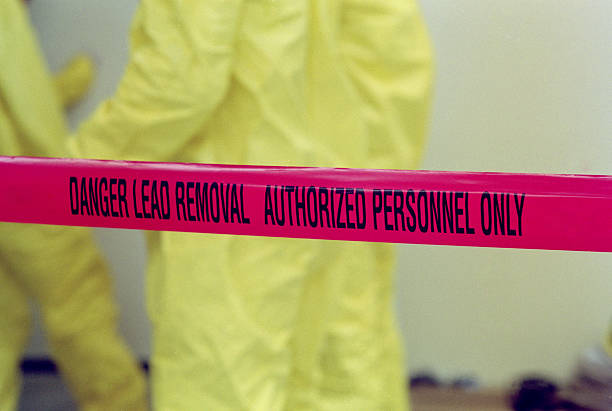
Lead Based Paint
Lead-based paint is a hazardous material commonly found in homes and buildings constructed before 1978, posing serious health risks when it deteriorates or is disturbed. As lead paint chips, peels, or turns into dust, it can be inhaled or ingested, leading to lead poisoning, which is especially dangerous for young children and pregnant women. Exposure to lead can cause developmental delays, neurological damage, learning disabilities, and other severe health issues. Professional lead-based paint removal is essential to prevent contamination and ensure a safe living or working environment. Our certified lead abatement specialists use safe removal techniques to eliminate lead hazards while complying with EPA and OSHA regulations. Protecting your home from lead exposure is a critical step in safeguarding your health and maintaining property value.
Phase I & II
Prior to real estate transactions a Phase I & II Environmental Site Assessments (ESAs) are needed as part of environmental due diligence activities. Lending institutions may require a Phase I ESA report. If your site’s Phase I ESA shows contamination a Phase II ESA may be conducted to test the extent of contamination. CJEC stands ready to help with your environmental due diligence needs.
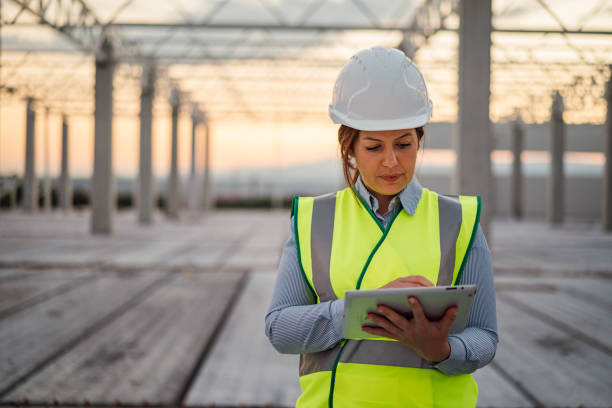
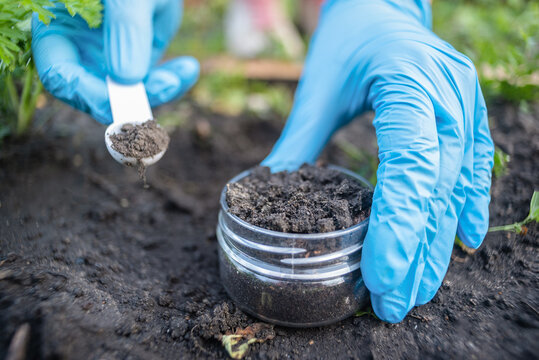
Soil
A Phase II Environmental Site Assessment (ESA) involves collecting and analyzing soil, groundwater, and air samples to determine the presence and concentration of hazardous substances. Environmental professionals use specialized drilling and sampling equipment to extract soil and water from various depths, testing for contaminants such as petroleum hydrocarbons, heavy metals, volatile organic compounds (VOCs), and other toxic chemicals. These laboratory-analyzed results help determine the extent of contamination and whether remediation efforts are required to bring the site into compliance with environmental regulations.
Remediation
Exposure to mold, asbestos, lead-based paint, and other environmental hazards can lead to respiratory issues, allergies, and long-term health complications. Our remediation process starts with an in-depth environmental assessment, using air and surface testing to detect harmful contaminants. We then implement a strategic removal plan, utilizing HEPA filtration, moisture control, and eco-friendly antimicrobial treatments to eliminate mold growth and hazardous materials. Our certified professionals ensure complete containment and disposal of harmful substances while adhering to EPA and OSHA regulations. After remediation, we conduct follow-up testing to verify that the environment is safe for occupancy. Trust our expertise to create a healthier and safer space for your home or business.
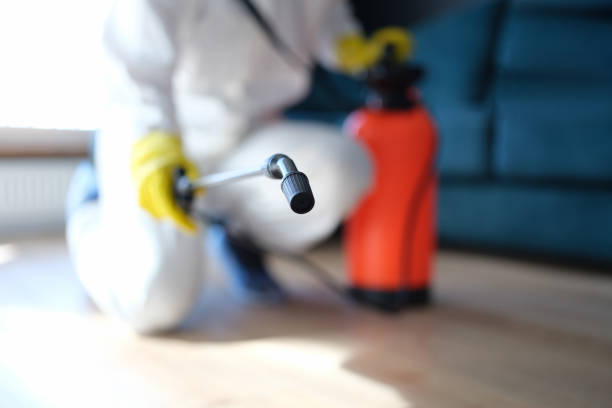
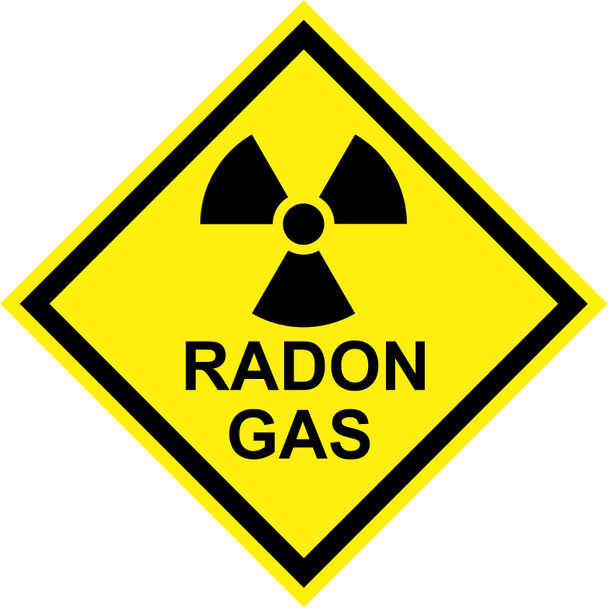
Radon
Radon is a colorless, odorless radioactive gas that forms naturally from the breakdown of uranium in soil and rock, seeping into homes and buildings through cracks and openings. Long-term exposure to radon is the second leading cause of lung cancer, making professional testing and mitigation essential for protecting indoor air quality. Our radon assessment process involves placing specialized detection devices in key areas of your property to measure radon levels over a set period. If high concentrations are detected, our team designs and installs radon mitigation systems, such as sub-slab depressurization, to safely vent the gas outdoors. Regular radon testing is recommended, especially in high-risk areas, to ensure safe indoor air levels. Protect your home or business with professional radon testing and mitigation solutions that create a healthier environment.
